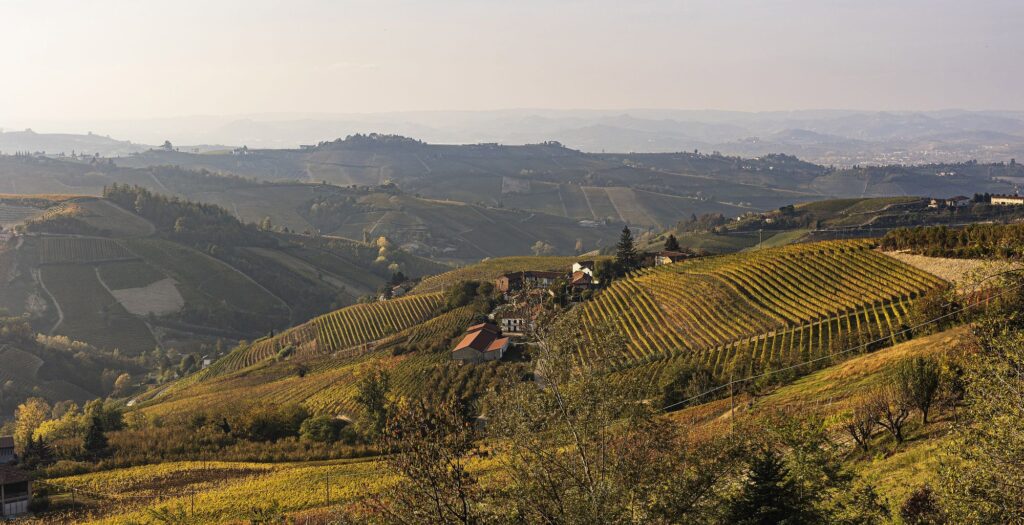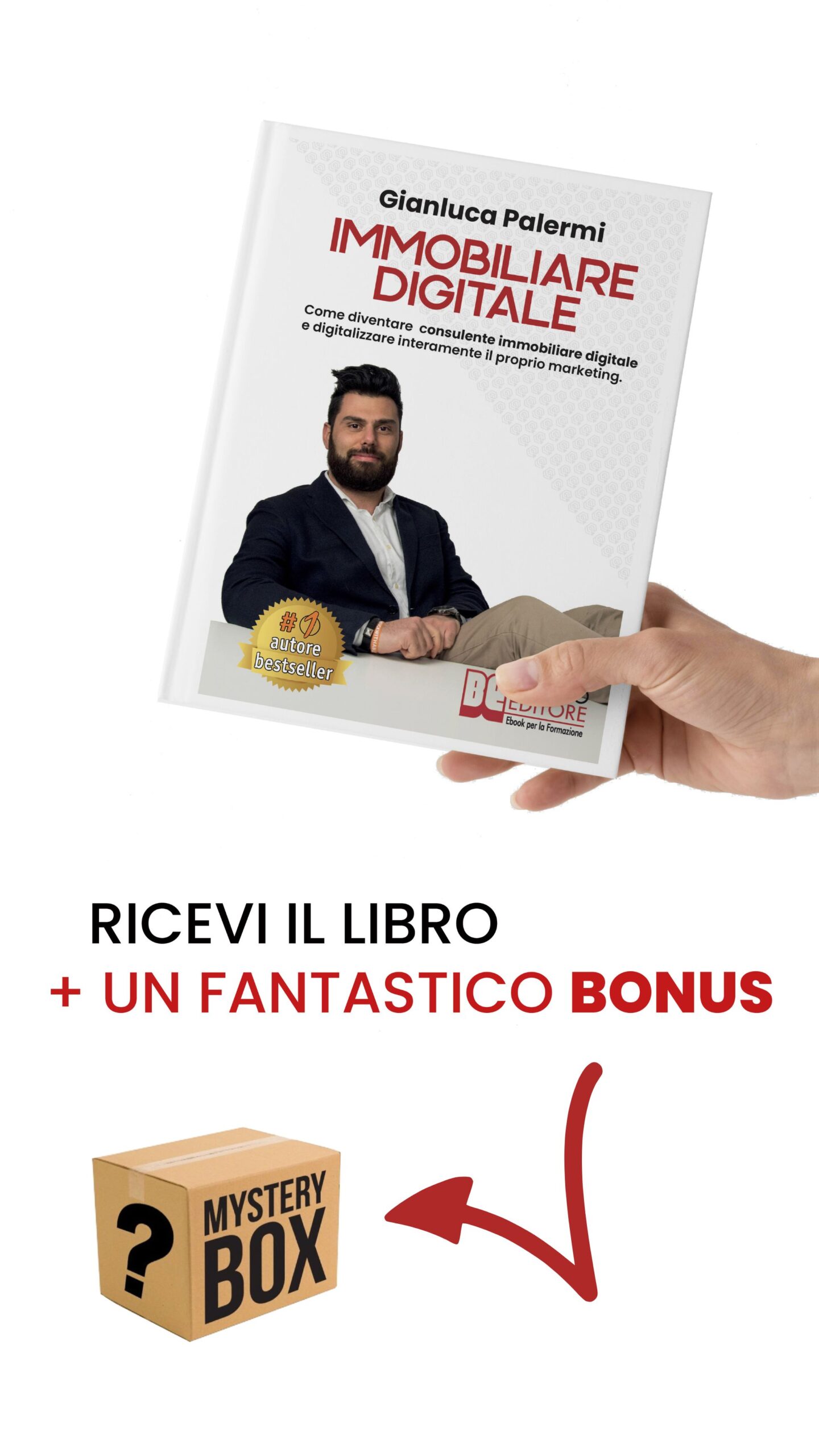After relocating to Milan from New York City’s Upper West Side in 2021, Bryony Bechtold, a teacher, and her husband, Piero Venturini, 50, a lawyer, began looking for a vacation property. With wine on their minds, they found what they were looking for 90 minutes away in northwest Italy’s Piedmont region, home to Barolo, one of the world’s most prized reds.
The couple, who have two teenage daughters, paid about $510,000 this past September for the 3,800-square-foot farmhouse on a 6.2-acre lot with a vineyard. They plan to spend about $160,000 on renovations, including an upgrade of the existing wine cellar.
“We like to drink wine,” says Ms. Bechtold, 47, a Connecticut native whose new property is planted with the Moscato grape. “And now we will learn all about the different grapes and how making wine works.”
The region has been long revered by sommeliers and foodies, but its second-home market has managed until recently to stay under the radar, catering mostly to a small group of Northern Europeans and some Italians from nearby Milan and Turin. Now, it is attracting a new wave of American buyers.
Taking advantage of the current strength of the dollar, and bolstered by a sense of discovery, Americans are on a spree. And often they are looking for properties with vineyards—a must-have for new second-home buyers, says Luca Stroppiana, of Alba’s Langhe Real Estate, who handled the sale of the property to Ms. Bechtold and her husband.
Advertisement – Scroll to Continue
More: The House Always Wins at This $6 Million Florida Mansion With a Full Casino
In addition to Barolo, Piedmont is also the birthplace of the Slow Food movement and Ground Zero for the hunting and buying of Italy’s precious white truffles. Generally referred to as the region’s Vineyard Landscape following its Unesco designation as a World Heritage site in 2014, this lush belt of villages and vineyards covers the subregions of Langhe and Monferrato.
New Mexico’s Jay and Elena Campbell bought a 200-year-old, 4,000-square-foot, three-story converted Monferrato farmhouse, sight unseen, in 2020 during the pandemic for about $340,500. Having lived and traveled in Italy previously, they now use the property’s 900-square-foot, ground-floor apartment for extended stays away from their primary home in Albuquerque, while renting out a few units in the upper floors for income.
Mr. Campbell, 63, a retired aerospace engineer, says they like to use their time in Piedmont to go on wine tastings. “We are learning all the subtleties,” he says, of the couple’s greater appreciation of the area’s wine culture, adding that this corner of Monferrato is helping to rediscover a once obscure red grape called Ruchè.
U.S. house hunters have beaten out the British to become the No. 1 demographic at Langhe Property, which sells mostly to non-Italians, says agency owner Richard Edwards. And Valentina Farassino, an architect specializing in high-end residential renovations in the Vineyard Landscape area, says, “Americans are now the majority of my foreign customers.”
While American buyers are making their presence felt all over Italy, Diletta Giorgolo Spinola, head of residential sales at Italy Sotheby’s International Realty, says she has been surprised by their interest in Piedmont’s wine regions. She estimates the number of Americans asking about the area has jumped about 50% at her agency over the past two years.
Chef Enrico Crippa—based in Alba, Langhe’s hub and Italy’s white truffle capital—says he now counts a significant number of American second-home owners among the regulars at Piazza Duomo, his three-star Michelin restaurant, and at his bistro La Piola.
The wines of Barolo and Barbaresco, Barolo’s Langhe neighbor, are made from the temperamental Nebbiolo grape, which flourishes only in this part of Italy. They are known for aging well and pricing high. Premium winemakers can charge more than $500 a bottle. White truffles, gathered in the area only from late September through January, can cost more than $3,200 a pound. Diners at Mr. Crippa’s Piazza Duomo can pair white truffle dishes with rare Barolo wines in a seasonal menu that can cost as much as $1,200 or more a person.
Prime Barolo vineyards are the most expensive in Italy, says Danilo Romolini, sales manager of Romolini Immobiliare, Italy’s Christie’s International Real Estate affiliate, with prices reaching $830,000 an acre. Desirable Vineyard Landscape homes, however, are typically a bargain compared with similar properties in the food-and-wine hot spots of Tuscany and Umbria.
Market prices had been low for some time. In 2012, U.K.-born Paul Martinez, 71, a retired insurance broker, and his French wife, Marie-Claude Boucheron, 72, an artist, paid the equivalent of about $1.02 million, for an 8.65-acre Langhe estate, and then spent about $255,000 to modernize the property’s 6,460-square-foot villa and surrounding landscaping. They added a new outdoor pool and planted a vineyard of Dolcetto grapes that they have turned into their own wine at a nearby winery.
Now planning to relocate to France, where Ms. Boucheron has family, the couple have listed the property for about $1.33 million.
More: Exploring Epicurean Italy
Still bearing its original Art Nouveau-era frescoes and marble mosaic floors, the three-bedroom house, which dates to 1915, is within an hour or so of international airports in Turin, Milan and Genoa. It is also a two-hour drive from Monaco, where the two like to go for a meal.
Mr. Martinez, who has Neapolitan roots and grew up speaking Italian, first learned about the area in detail from a British television show in 2010, around the time the couple were considering moving their primary residence from the U.K. to Italy. He says he appreciated the good value of the original purchase price but was also drawn to the region’s persistent greenness—in contrast with the ocher, sun-bleached landscape of much of Italy’s countryside.
The Vineyard Landscape is strongly affected by climate change. The Barbera grape is in decline in the lower-altitude areas of Monferrato, where drought conditions and disease are hurting grape production and speeding up the conversion of agricultural lands to other uses, including residences.
Warmer weather also has meant an increase in white wine consumption in Europe and the U.S. And in Langhe’s Alta Langa, where Mr. Martinez and his wife have their home, the Gajas, among Italy’s pre-eminent winemaking families, are moving to higher elevations to experiment with planting Riesling, among other white grapes, says Giovanni Gaja, 29, who runs the company with his parents and two sisters.
More: Francis Ford Coppola’s Private Island ‘Hideaway’ Lists for Nearly $2.2 Million
The family has taken advantage of new weather conditions that are moving up the harvest of Langhe’s Nebbiolo a full month earlier than a generation ago—allowing for more-complete fruit maturation and, ultimately, more-reliable vintages, says Mr. Gaja.
Meanwhile, the hotter, drier summers are upending the annual white truffle season around Alba. Filippo Costa, a third-generation Langhe truffle hunter, takes his specially trained dog, Lola, out two or three times a day. This past summer, among Italy’s hottest on record, has cut this season’s yield in half, he says.
For Antonella Torsello and Enzo Giacchero, owners of a 3.7-acre Monferrato estate, higher temperatures have offered the opportunity to successfully harvest olive trees—once a rarity in Piedmont, one of the few parts of Italy traditionally too cold to produce olive oil.
In 2002, Ms. Torsello, now 53, and her husband, 72, a retired telecommunications entrepreneur, paid $315,000 for a 19th-century farmhouse. They then spent about $900,000 on a gut renovation to create a three-bedroom, 5,800-square-foot home, and an adjoining 2,500-square-foot B&B wing. Their landscaping cost about $210,000, which added a swimming pool and hazelnut grove along with their 100 olive trees and a 1.8-acre vineyard. The two are getting ready to relocate to the hills above Turin to a smaller home and have listed the property for about $1.7 million.
Louis and Phyllis Copt, both 72, have been visiting Italy for 50 years, but it wasn’t until this fall that the Kansas couple made their way to Piedmont’s Vineyard Landscape. Mr. Copt, a landscape painter, and his wife, a retired teacher, decided they want to live part-time in Italy. “It now looks like the ideal location—an hour from the mountains and an hour from the sea,” says Mr. Copt, who has Italian ancestry.
Next year, they plan to rent in Langhe, then search for their new Italian property. “Nothing tastes as good since we got home,” says Mrs. Copt.



